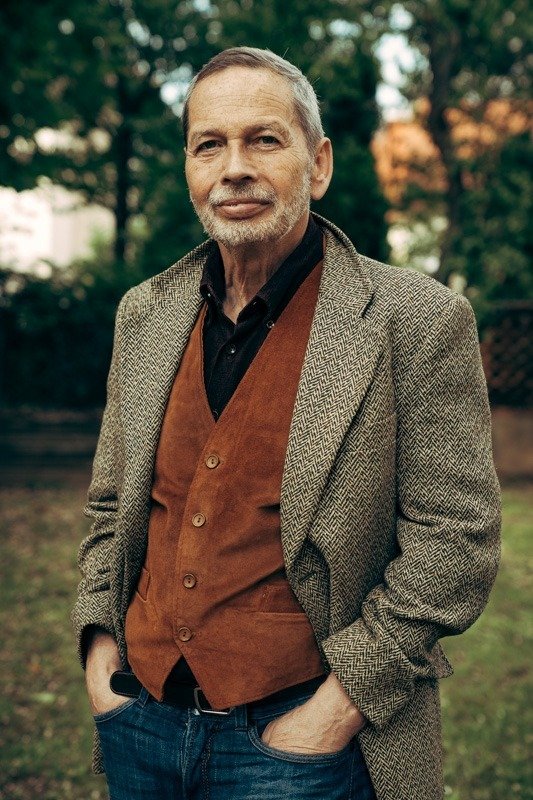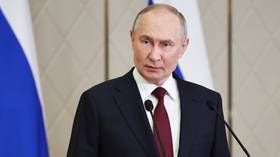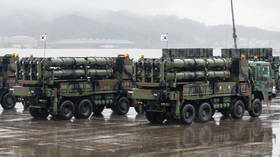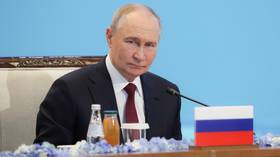Panicked politicians who want to be seen to be acting are the real danger of the coronavirus outbreak
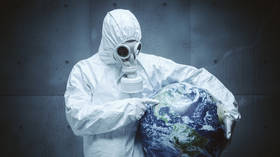
It does not help that numerous psychologists are telling us ‘don’t let coronavirus tip society into panic’. As a sociologist with a professional interest in how fear works I can confirm that nobody decides to panic.
People panic when the messages communicated to them incite them to be afraid of fear itself. Unfortunately, the message that we frequently encounter is one that makes me feel like I am in the middle of a very, very slow but very long Hollywood disaster movie.
In recent weeks the West European media has become obsessed with worst case scenarios. It is as if they are overcome by a disturbing malaise of disaster pornography and love exposing their listeners to speculative forecasts about the millions that could die if the coronavirus turns out more prevalent and more deadly than we now imagine.
Unfortunately the authorities in Italy have been watching too many Hollywood films . The measures that they have taken are likely to make a bad situation worse. Soon after the government announced that northern Italy faced a lockdown, thousands of Italians decided to get into their cars or get on a train to travel to the south of the country, thereby increasing the risk of spreading the infection. A friend told me on Saturday that the trains were packed full of students heading south. Presumably if you're going to introduce such a measure you don’t give a 24 hour-notice prior to its implementation. This was an exercise in both stupidity and fear.
As someone devoted to the study of fear, I have become accustomed to the bombast and scaremongering that accompanies the unexpected outbreaks of diseases. The scaremonger’s playbook usually begins with the alarmist statement that this could be a ‘Big One’. This statement is then qualified by the observation that even if this one – in this case coronavirus – is not the ‘Big One’, it is only a matter of time before humanity becomes afflicted with the as yet unspecified mother of all epidemics. The expression they often use to draw attention to the supposed gravity of the situation is to say, ‘the question is not if but when’.
Typically the scaremongering script surrounding outbreak of new strains of viruses dwells on big numbers. And the numbers they provide are really big. I recall the 2004 outbreak of the bird flu in Asia. Soon, an editorial in the New Scientist warned its readership that the bird flu outbreak could kill 1.5 billion people! ‘Superbugs are on track to kill 10 million people by 2050 if things don’t change fast’ insisted a scaremonger in a speculative contribution on the soon-to-be-born-superbug over a decade later.
Also on rt.com Bored in coronavirus quarantine? Here are the best epidemic movies to crank up your panic!Thankfully, with some notable exceptions most people have not embraced the role of panic-stricken irrational zombies assigned to them by the scaremonger’s playbook. Yes, Milan has become a ghost town. And yes, here and there is some panic buying of food and supplies. But most people are carrying on with their life, taking sensible precautions while they work, study and play.
Panic-like behaviour at the moment is mainly confined to bankers and investors who have been complicit in unleashing a major crisis in the stock market, which threatens to create a new but unnecessary economic recession. Many politicians and civic officials have adopted the unhelpful tendency of making sure that they are seen to be doing something. Unfortunately, political gestures like insisting that public events are called off or that schools and borders are closed rarely have any health benefits. They do often have important social costs.
It is tempting to try to calculate the social and economic costs of the preventive measures that have been brought in to deal with what is in reality a health problem. However, there is a danger that by dwelling on its huge cost to society one can fall into the trap of mirroring the alarmist rhetoric of the scaremongers. What can be said is that any measure that undermines society to carry on as before threatens to be a bigger problem than the one caused by the virus. That means that the risk we face is that if we continue down the road of revelling in worst case scenarios our reaction to the coronavirus can be more destructive than the virus itself.
WE all need to take a reality check and learn to live with the periodic outbreak of new viruses. If you want to worry, focus your energy on the seasonal flu. According to the Centers for Disease Control and Prevention, 29 million people in the US have experienced flu illnesses this season. So far this flu season 16,000 Americans have died from flu. The flu kills from 26,000 people to 69,000 people a year. Globally, up to 650,000 deaths every year are associated with respiratory diseases from seasonal influenza, according to new estimates by the United States Centers for Disease Control and Prevention (US-CDC), the World Health Organization and global health partners.
Understanding the normal threat posed by a very normal flu helps place the threat of the coronavirus in perspective. Yes COVID 19 is very serious health risk, especially for the elderly and the ill, but as Ron Bailey, Reason Magazine’s science correspondent, explains its ultimate effect will be ‘like a particularly bad flu season, with a case-fatality rate somewhere between 0.2 and 0.5 per cent’.
Governments and the media need to get a grip on their anxiety driven preoccupation with worst cases. An intelligent society takes precautionary measures and acts on the bases of the most likely scenario. For the moment we need to treat the threat posed by this virus as a very, very severe form of flu. That way it can avoid doing more damage to the economy and public life.
Think your friends would be interested? Share this story!
The statements, views and opinions expressed in this column are solely those of the author and do not necessarily represent those of RT.
